Your cart is currently empty!
·
·
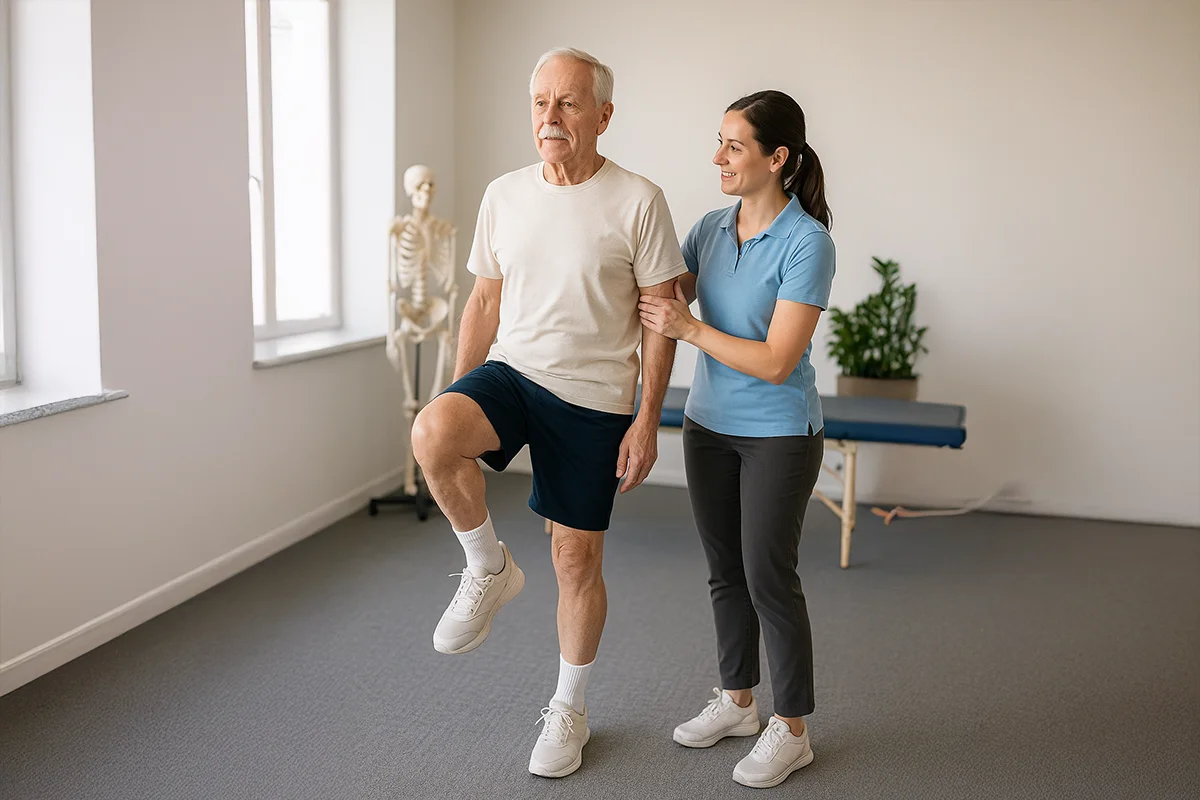
Falls remain Australia’s leading cause of injury-related hospitalisations and deaths among older people, costing the health system billions each year.
This updated national blueprint replaces passive risk scoring with action-oriented, evidence-graded interventions—everything from balance-intensive exercise and vitamin D protocols to OT-led home-safety checks and multifactorial care plans in aged-care homes.
In the sections below you’ll see what’s changed, why it matters for hospitals, residential facilities and community services, and the concrete steps every clinician, provider, carer and policymaker can take to cut fall rates today. Dive in, download the checklist, and start turning guidelines into safer outcomes for older Australians.
Falls are still Australia’s No. 1 injury threat. They were the leading cause of injury-related hospitalisations in 2023-24 and the leading cause of injury deaths in 2022-23. aihw.gov.au
Cost to the health system: recent AIHW estimates put annual spending on fall injuries at about $5 billion. aihw.gov.au
Older Australians carry the burden. Nearly half of all fall hospitalisations involve people 75+, and women account for the largest share of admissions and fatalities. aihw.gov.au
Quality-standards pressure: preventing falls is embedded in the National Safety & Quality Health Service Standards, the strengthened Aged Care Quality Standards and forthcoming primary-care standards—so every provider must show action, not intent.
| 2009 guideline | 2025 guideline | Why it matters |
|---|---|---|
| Score the risk | Treat everyone 65+ as at risk; intervene | Saves time, shifts resources to proven actions |
| Generic checklists | 14 (community) / 7 (aged care) / 4 (hospital) evidence-graded recommendations | Gives setting-specific roadmaps(australianageingagenda.com.au) |
| Limited exercise evidence | Level 1A: 2–3 h/week of balance & strength for all settings | Exercise now the strongest single protection |
| Sparse nutrition advice | Daily–weekly vitamin D + 3.5 serves dairy in aged-care menus | Tackles bone & muscle loss to cut fractures |
| Minimal patient voice | Person-centred plans co-designed with older adults | Respects dignity-of-risk, boosts adherence |
These changes stem from five years of systematic reviews led by NeuRA and the Australia & New Zealand Falls Prevention Society, culminating in the first full revision since 2009. safetyandquality.gov.au agedhealth.com.au
| Setting | Snapshot of key updates (full details in our deep-dive series) |
|---|---|
| Community Care |
14 recommendations: • Ongoing exercise for everyone (2–3 h/week) – adapt for cognition • OT-led home-safety assessment for anyone with ≥1 fall/year • Tiered single → multifactorial interventions based on fall history |
| Residential Aged Care |
7 recommendations: • Multifactorial fall-prevention becomes routine care • Continuous supervised exercise—not just short courses • Daily/weekly vitamin D; menus to hit 3.5 dairy serves • Consider hip protectors for high fracture risk |
| Hospitals |
4 recommendations: • Tailored interventions for all older in-patients—no numeric score needed • OT home-safety visit embedded in discharge for high-risk patients • Post-operative geriatric ortho pathway for hip fractures • Staff-, patient- & family-focused education built into Comprehensive Care Standard |
| Audience | Immediate takeaway |
| Aged‑care providers | Audit menus for dairy & vitamin D, schedule year‑round exercise classes, embed multifactorial care plans in care software. |
| Clinicians (hospital & community) | Drop standalone risk‑score tools; screen for modifiable factors, refer to physio/OT, and plan safe discharge early. |
| Family carers | Request an OT home‑safety check, encourage balance training, ensure vitamin D supplementation is discussed with the GP. |
| Policy professionals & funders | Align accreditation metrics with the intervention‑focused approach; channel incentives toward exercise and home‑modification programs. |
Whether you oversee a busy orthopaedic ward, coordinate home-care packages, or simply care for an ageing parent, the revised recommendations offer a clear, evidence-backed playbook to reduce fractures, maintain independence, and save precious healthcare dollars.
Use the checklist to audit current practices, and track monthly fall metrics to prove improvements and secure ongoing funding.
Six deep‑dive articles releasing soon:
Download our free Falls-Prevention Checklist and see where your service stands.
Please call or email one of our friendly staff to assist you with your enquiry.
Safe Life
Alerting Devices Australia P/L T/A Safe-Life 5/270 Lower Dandenong Rd, Mordialloc, VIC, Australia 3195
NDIS Provider Number
4050109546
ABN
67 637 195 941
Phone
[formidable id="6"]
Share Article
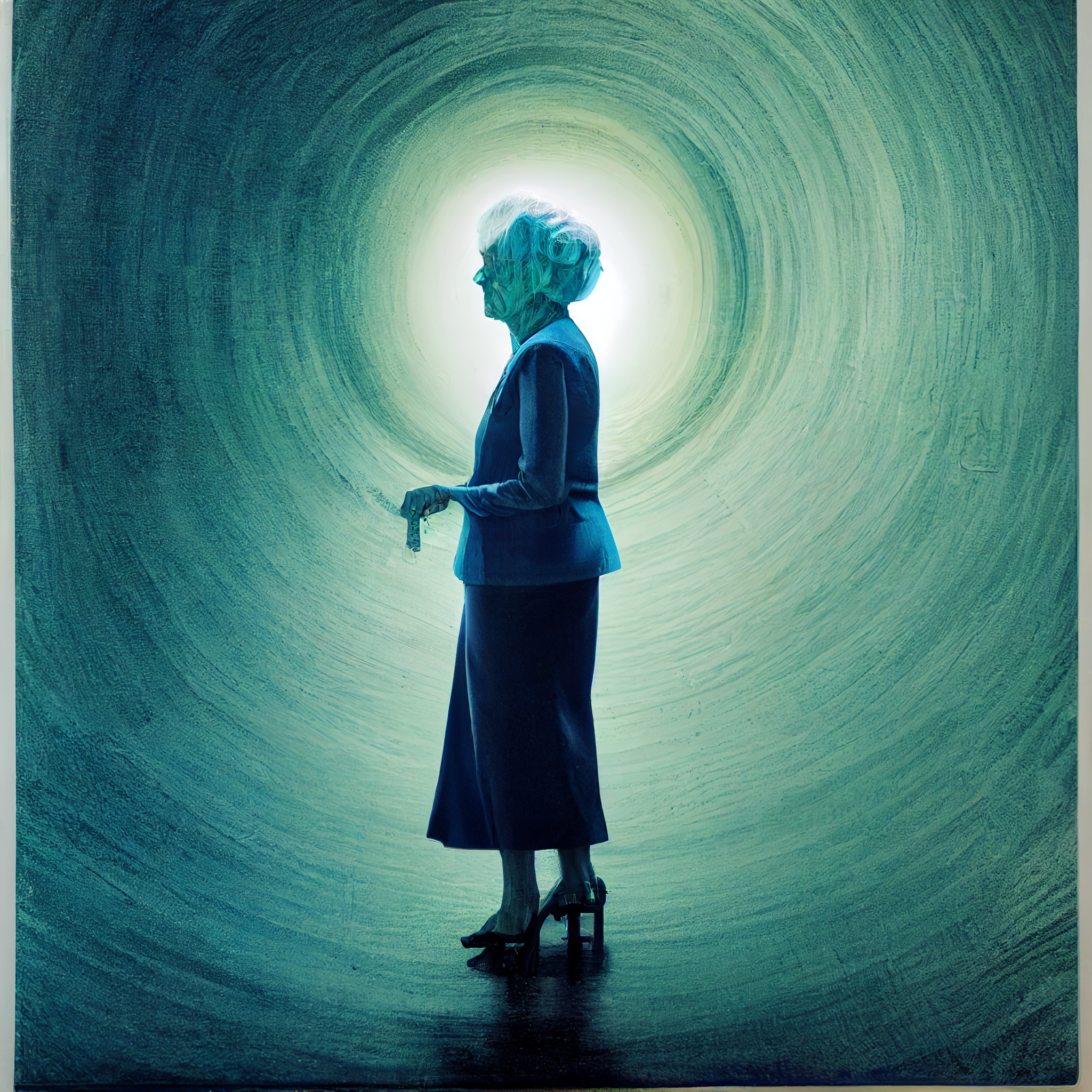
|
Enhancing Elderly Safety with Aged Care Equipment and Assistance Devices Enhancing Elderly Safety with equipment in aged care: As we age, our bodies can become more fragile and less able to handle everyday tasks. This can be particularly challenging for elderly individuals who may need assistance with daily activities and medical…
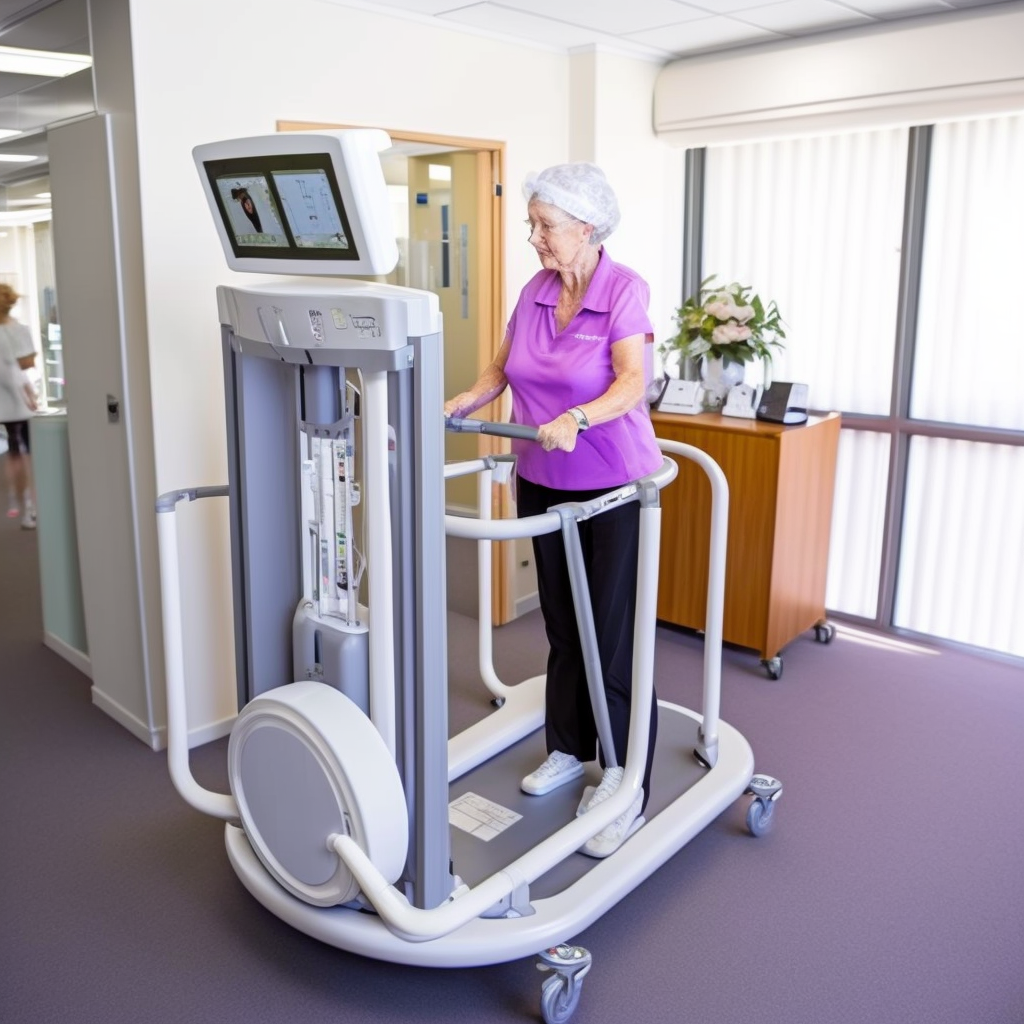
|
Essential Equipment in Aged Care: How it Enhances Quality of Life This article will discuss the essential equipment in aged care and how it can enhance the quality of life for seniors. As people age, their mobility, strength, and independence begin to diminish, making it difficult for them to perform…
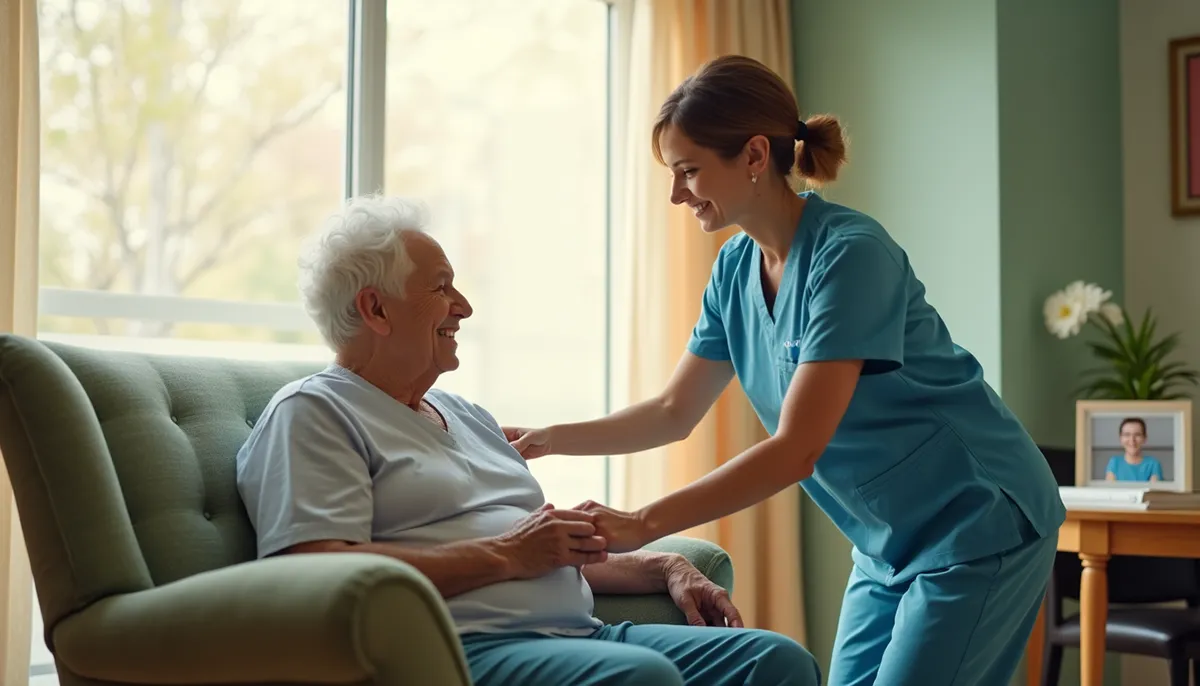
|
10 Essential Skills in Aged Care Every Caregiver Must Master The world’s population is ageing rapidly. By 2050, every sixth person will be over 65 years old. This demographic shift means skilled caregivers will be more valuable than ever. Aged care work goes beyond simple procedures and tasks. Caregivers need…
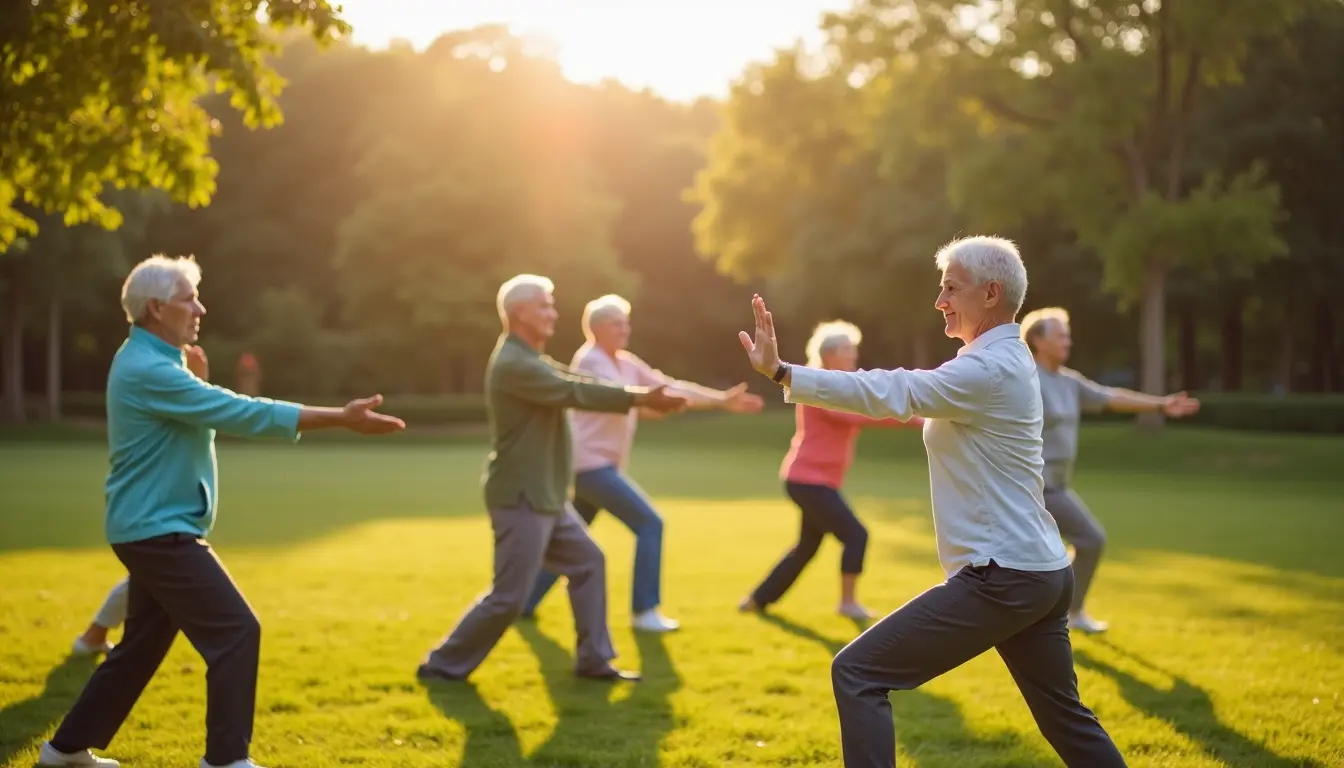
|
Effective Exercises to Prevent Falls in Older Adults As we age, maintaining balance through exercises to prevent falls becomes crucial for our health and independence. Falls can have a significant impact on older adults, leading to injuries, loss of confidence, and reduced quality of life. That’s why exercises to prevent…